
All categories
Featured selections
Trade Assurance
Buyer Central
Help Center
Get the app
Become a supplier

(2742 products available)

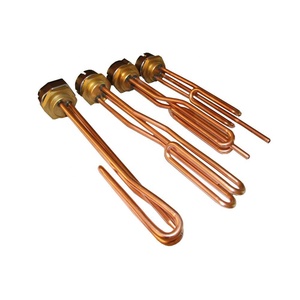
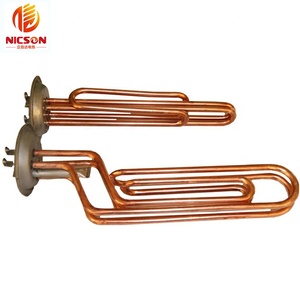















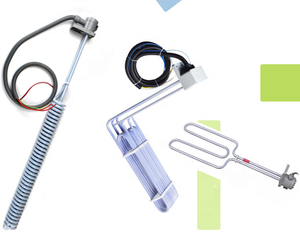


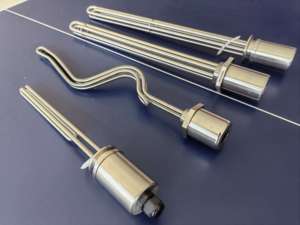

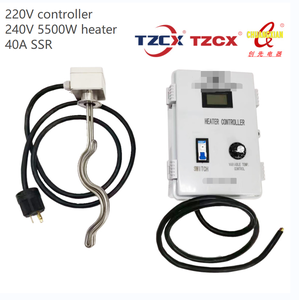



Market Overview: The electroplating heater market has demonstrated robust growth, driven by increasing demand in various sectors such as automotive, electronics, and industrial machinery. According to Research and Markets, the global electroplating equipment market was valued at approximately $14 billion in 2024 and is projected to grow at a CAGR of 5.5% through 2030. This growth is largely attributed to the rising need for advanced coating technologies that enhance product durability and performance. Regions like North America and Asia-Pacific are expected to be major contributors, with Asia-Pacific showing particularly strong growth due to rapid industrialization and a burgeoning electronics sector.
Industry Insights: The shift towards automation and advanced manufacturing processes has influenced consumer behavior, prompting industries to adopt more efficient electroplating solutions. Key players in this market are focusing on integrating smart technologies and thermal management systems to optimize the performance of electroplating heaters. The demand for energy-efficient solutions is also on the rise, as companies seek to reduce operational costs and minimize environmental impact. Furthermore, distribution channels have evolved, with a notable increase in online platforms like Alibaba.com, facilitating easier access to suppliers and fostering competitive pricing. As the market evolves, addressing customer pain points such as equipment reliability and maintenance will be crucial for sustained growth and customer loyalty.
An electroplating heater is specialized equipment used in industrial plating applications to control the temperature of plating solutions consistently. There are several types of electroplating heaters, each with its advantages and disadvantages.
Power rating
Electroplating heaters have varying power ratings based on their heating capacity. The common range is between 1 kW and 5 kW.
Temperature control
An electroplating heater should feature an adjustable thermostat that allows the user to set the desired temperature precisely. This thermostat regulates the heater's power until the electroplating solution reaches the desired temperature.
Heating element
The type of the heating element determines how fast and efficiently the electroplating heater generates and transfers heat to the plating solution. Some heaters use immersion, which is directly submersible in the plating solution. Others use external heating jackets that heat the electroplating solution indirectly through an enclosed container.
Voltage
The operating voltage of an electroplating heater influences its power. Most of the heaters work at 220V AC voltage.
Material
It is crucial for the electroplating heater to have strong corrosion resistance to cope with the highly corrosive nature of the plating solutions. Therefore, many heaters are made of stainless steel, titanium, or Inconel.
Dimensions
For industrial-scale electroplating applications, the size of the heater has to be large enough to accommodate the volume of the electroplating bath. Conversely, for small-scale or portable applications, the compact design is more preferable.
Clean the surface regularly:
It is essential to wipe the heater's surface with a soft cloth to remove dust and impurities. Avoid using abrasive cleaning materials that may damage the surface.
Check the connection of the power cord:
It is crucial to ensure the power cord is tightly and securely connected to avoid electrical leakage or poor contact.
Regularly check the temperature control device:
It is essential to check whether the temperature controller functions properly and whether the temperature setting is accurate. Make adjustments or repairs as necessary.
Regular maintenance and repairs:
In doing so, users should periodically inspect and clean the electroplating heaters to ensure their optimal operation. Users should consult professional maintenance personnel or electroplating heater manufacturers to receive maintenance and repair services.
Electroplating heaters are used in various industries for different applications. Some of these applications include;
It is important to note that while these are some of the common applications of electroplating heaters across different industries, there are several applications within each industry that may require the use of heaters.
Electroplating bath volume:
The electroplating heater should be capable of maintaining the desired temperature. The electroplating bath volume can determine the electroplating heater wattage required to heat it.
Wattage:
Select the electroplating heater with sufficient wattage. Higher wattages heat baths more quickly, but lower wattages are more energy efficient and maintain stable temperatures.
Temperature range and control:
Choose an electroplating heater with a temperature range. Digital thermostats allow precise control and should be selected.
Electroplating heater type:
Choose an suitable type of heater, as each has advantages. Immersion heaters heat the bath directly. Inline heaters provide a constant flow of heated liquid. Heating elements heat baths indirectly by heating the air around them.
Construction material:
The construction material of an electroplating heater can affect its performance and longevity. Stainless steel heaters are known for their durability and corrosion resistance, and titanium heaters are even more resistant to harsh chemical environments.
Power supply:
The power supply for the electroplating heater can affect its compatibility and ease of use. AC heaters are commonly used in electroplating applications, while solar heaters can provide an alternative energy source.
Safety features:
Safety features of the electroplating heater can help protect against accidents and hazards. Over-temperature protection can automatically shut off the heater when it exceeds a certain limit. IP rating indicates the level of protection against dust and water.
Q1: What is the operation of an electroplating heater?
A1: Electroplating heaters operate by using various types of heating elements, such as stainless steel, carbon steel, cast iron, and ceramic, which can raise the temperature of the solution. The heaters may also use thermostats and temperature control devices to maintain the desired temperature.
Q2: What are the likely problems with the electroplating heater?
A2: The problems can include power supply issues, thermostat malfunction, heating element failure, corrosion damage, incorrect solution or temperature, and improper installation or lack of maintenance.
Q3: Can an electroplating heater be repaired?
A3: In many cases, the heaters can be repaired. However, because it helps to avoid various costs, it is always better to gain knowledge of the heater's issues first so that a proper solution is decided upon.
Q4: Can buyers customize heaters for electroplating?
A4: Many suppliers will consider custom orders according to buyer specifications or requirements.